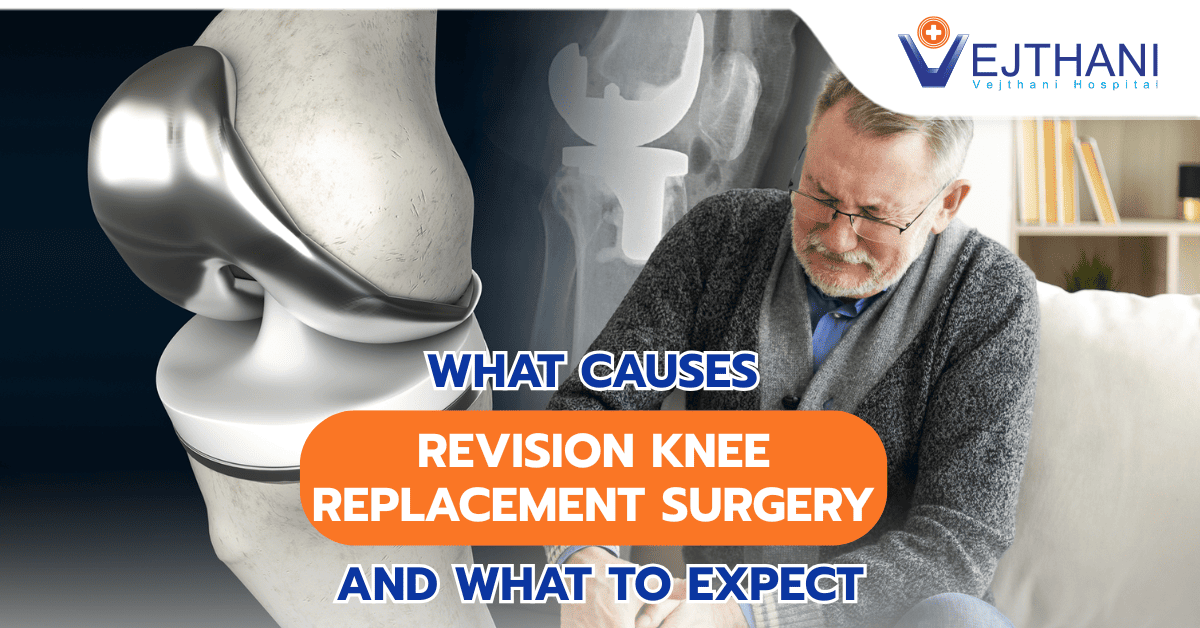
Off-pump bypass surgery
Overview
Off-pump bypass surgery is a type of coronary artery bypass graft (CABG) surgery where a blood vessel, typically an artery or vein from elsewhere in the body (known as a graft), is utilized to bypass a blocked coronary artery. This procedure differs from traditional CABG by not requiring the heart to be stopped or using a heart-lung bypass machine. The surgeon stabilizes your beating heart during the operation. The procedure restores normal blood flow to the heart.
In standard CABG surgery, the surgeon stops the patient’s heart. A cardiopulmonary bypass machine takes over the functions of the heart and lungs during the procedure. It withdraws blood from the body, adds oxygen to it, removes carbon dioxide, and then reintroduces the oxygenated blood into circulation.
However, off-pump bypass surgery operates without the use of a heart-lung machine. Instead, the surgeon performs the procedure while the heart continues to beat, a technique often referred to as “beating heart” surgery.
Reasons for undergoing the procedure
Off-pump bypass surgery is utilized as a treatment for coronary artery disease (CAD). When plaque accumulates in the arteries, it narrows or obstructs blood flow, resulting in CAD. This condition can result in symptoms such as chest pain and shortness of breath. In severe cases where an artery is completely blocked, it may lead to a heart attack.
In cases of severe CAD unresponsive to lifestyle changes, medications, and other procedures, bypass surgery may be necessary. This surgical intervention can alleviate symptoms, lower the risk of a heart attack, and improve overall survival rates. Off-pump bypass surgery is available as an alternative for individuals opting for CABG. The duration of bypass surgery varies, typically lasting several hours depending on the number of arteries requiring bypass.
Risks
Off-pump bypass surgery is a significant procedure with generally positive outcomes, but it carries potential risks, including:
- Complications related to anesthesia
- Bleeding
- Risk of infection
- Blood clots that may cause stroke or heart attack
- Irregular heart rhythms
- Potential for kidney failure
Before the procedure
Before off-pump surgery, your surgeon may request several tests to assess your readiness for the operation, including:
- Blood tests
- Electrocardiogram (EKG)
- Echocardiogram (echo)
- Nuclear cardiac stress test
- Chest X-ray
These tests help ensure that you are in good health and that the surgery can proceed safely.
Your surgical team will provide you with preparatory instructions, which may involve:
- Stop smoking.
- Discontinuing certain medications, such as anticoagulants.
- Refraining from eating or drinking anything after midnight on the day of your surgery.
Following these guidelines is essential to ensure you are prepared for your procedure and to minimize any potential complications.
During the procedure
Your surgeon will outline the procedure for off-pump bypass surgery, detailing the following steps:
- Preparing the surgical site by shaving as needed.
- Administering anesthesia to induce sleep and manage pain.
- Making an incision and removing a blood vessel from another part of your body such as chest, or leg.
- Accessing the chest by separating the breastbone or making a left chest incision between ribs.
- Stabilizing the heart to minimize movement.
- Using a band, clamp, or tape to temporarily stop blood flow in the blocked artery.
- Attaching one end of the graft to the aorta and the other beyond the blockage in the coronary artery.
- Restoring blood flow through the new bypass channel by removing the temporary tourniquet.
- Closing the incision using wires, stitches, staples, or other methods.
After the procedure
Following off-pump bypass surgery, you will be transferred to a recovery room for monitoring by the surgical team. During this time, you may:
- Take a few hours to fully wake up.
- Have a breathing tube in place to assist with respiration.
- Have a chest tube to drain excess fluids.
- Experience some discomfort; however, if you feel pain, inform a healthcare provider who can administer pain relief medications.
Outcome
On-pump CABG keeps the surgical area still and blood-free for better stability and visibility. However, off-pump bypass surgery might use a smaller cut, require less time in the hospital, and lead to a faster recovery. It could also reduce the risk of certain problems after surgery.
- Swelling (inflammation).
- Infections.
- Irregular heartbeats (arrhythmias).
- Cognitive issues like memory loss.
- Stroke
Off-pump bypass surgery is not suitable for everyone. Some researchers suggest that choosing this approach might increase the likelihood of needing additional bypass surgeries in the future. It is essential that the procedure be performed by a surgeon experienced in this technique.
Research continues on the long-term advantages of off-pump surgery versus on-pump surgery. Your surgeon will assist you in determining the most suitable option for your specific situation.
Recovery from off-pump bypass surgery can vary based on several factors, including:
- Age
- Complications
- Overall health
- Size of the incision
Typically, your recovery will follow these steps:
- Post-Surgery Diet: Start drinking fluids and eating small amounts of food on the same day or the day after surgery.
- Mobility: Begin sitting in a chair and walking with assistance within the first one or two days.
- Hospital Stay: Expect to stay in the hospital for several days.
- Home Care: Arrange for help at home for the first few days after discharge.
- Wound Care: Stitches and staples will generally be removed within a week to 10 days.
- Activity Restrictions: Avoid lifting anything for several weeks.
- Full Recovery: Complete recovery may take several weeks or more.
- Cardiac Rehabilitation: Engage in a cardiac rehabilitation program to aid in rebuilding your strength.
You will have scheduled follow-up appointments with your healthcare provider throughout your recovery. However, seek prompt medical attention if you experience any of the following:
- Chills or excessive sweating.
- Difficulty breathing.
- Persistent abdominal or chest pain.
- Nausea or vomiting.
- Rapid or irregular heartbeat.
- Sensation of clicking or movement in your breastbone.
- Signs of infection such as fever, red streaks, pus, swelling, or warmth near the surgical site.
- Sudden weight gain of more than five pounds in a week.
Contact Information
service@vejthani.com






















